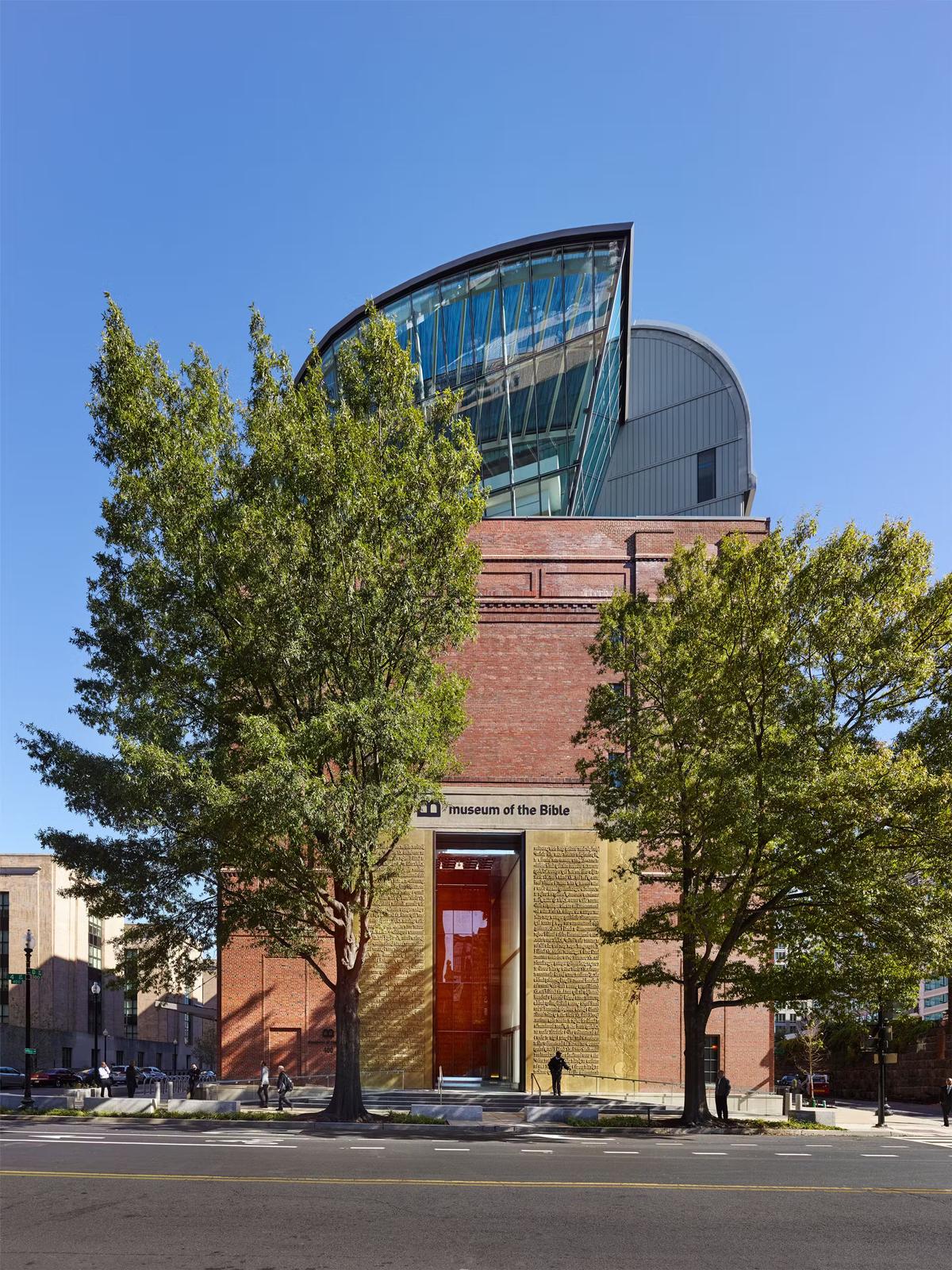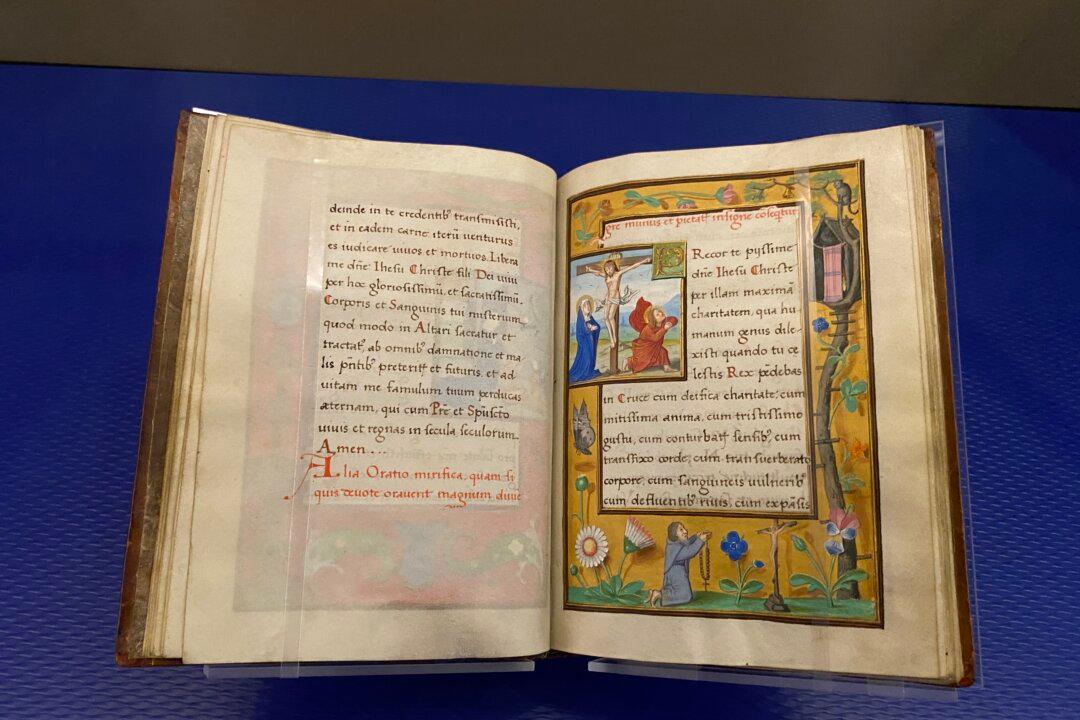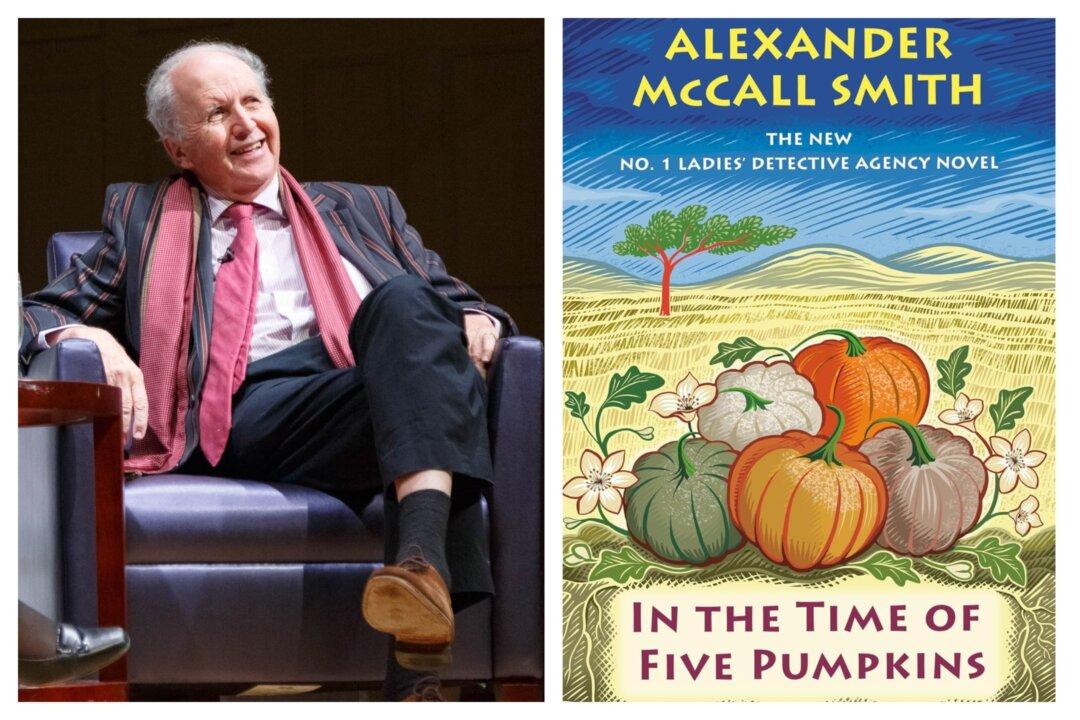The nation’s capital is a tourist haven for free museums, monuments, and memorials. As crowds flock to the more popular Smithsonian institutions and presidential monuments, some may want to venture to the Museum of the Bible for a more tranquil and reflective experience.

Two 40-foot bronze doors greet visitors to Museum of the Bible located in downtown D.C.
Copyright Museum of the Bible
Copyright Museum of the Bible





